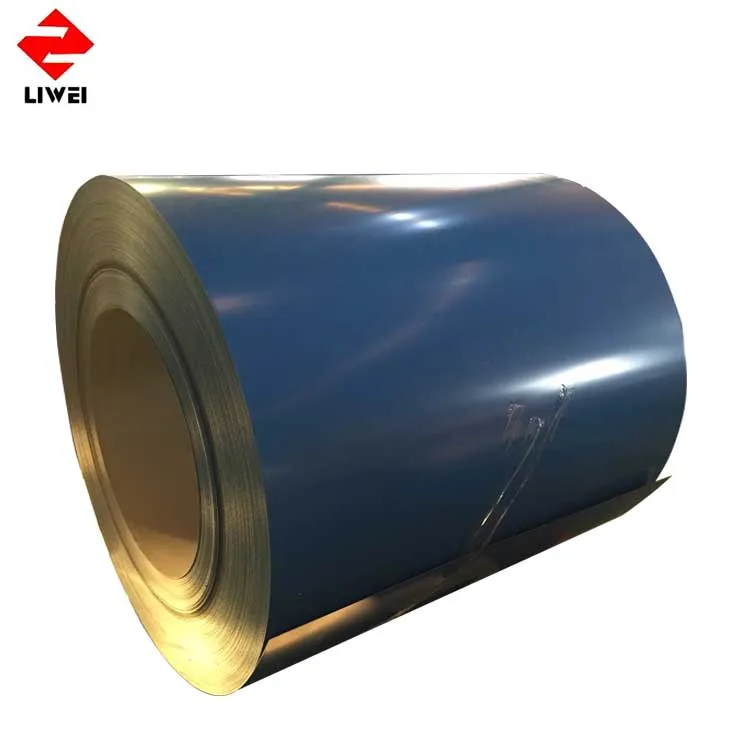
Optical cavities are made of two facing mirrors that reflect incoming light back and forth between them thousands of times, allowing light particles, photons, to build up inside the cavity. The researchers then placed this gas in an optical cavity, a device used to confine light in a small space for an extended period of time. To explore this interplay, Brantut and his colleagues, the researchers created a "unitary Fermi gas," a thin gas of lithium atoms cooled to extremely low temperatures, and where atoms collide with each other very often.

It's worth noting that superfluidity is not just a theoretical curiosity it is of immense interest for developing materials with unique properties, such as high-temperature superconductivity, which could lead to more efficient energy transfer and storage, or for building quantum computers. However, studying them has been difficult, especially when this order (the patterns of particles in the wave) occurs with other types of organization such as superfluidity-a property that allows particles to flow without resistance. In the often-arcane world of quantum physics, this sort of self-organization of particles is seen in " density waves," where particles arrange themselves into a regular, repeating pattern or order like a group of people with different colored shirts on standing in a line but in a pattern where no two people with the same color shirt stand next to each other.ĭensity waves are observed in a variety of materials, including metals, insulators, and superconductors. Scientists have long been interested in understanding how materials self-organize into complex structures, such as crystals. "Our experiment doubles this ability." Working with the group of Professor Helmut Ritsch at the University of Innsbruck, they have made a breakthrough that can impact not only quantum research but quantum-based technologies in the future. Gauge Chart - Gauge and weight chart for sheet steel, galvanized steel, stainless steel, aluminum and strip & tubing."Cold atomic gases were well known in the past for the ability to 'program' the interactions between atoms," says Professor Jean-Philippe Brantut at EPFL.

feet of hot rolled mild steel plates can be calculated as

The weight of a 1 inch thick 36" (3 ft) x 96" (8 ft) steel plate with weight 40.8 lb/ft 2 (from table above) can be calculated as

Steel sheets and plates are typical stocked in 36”, 48”, and 60” widths and 96”, 120”, and 144” lengths.


 0 kommentar(er)
0 kommentar(er)
